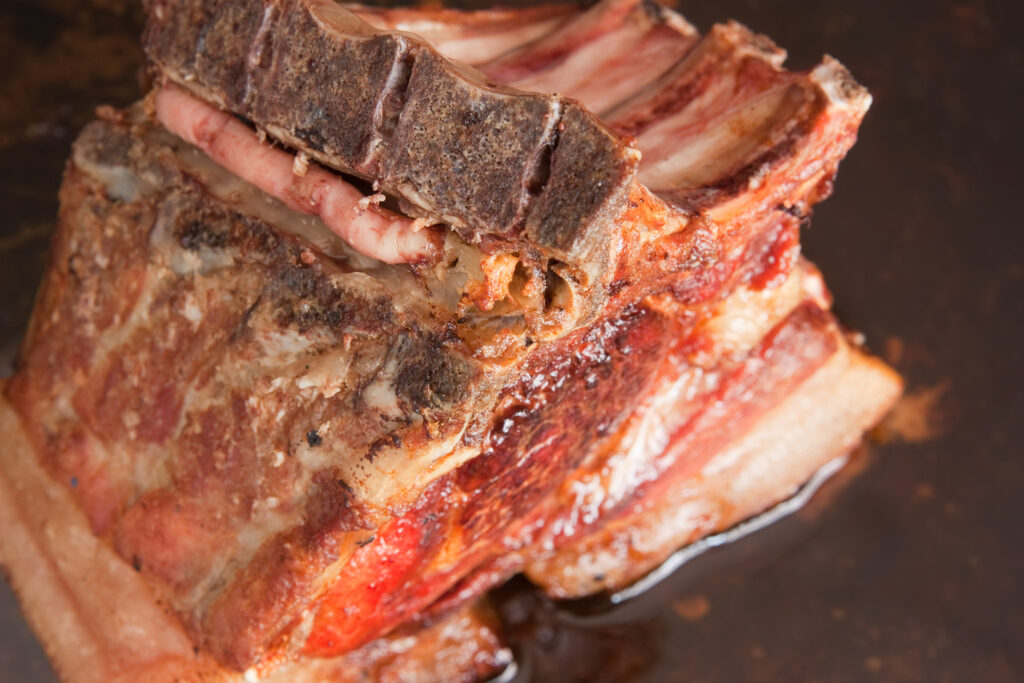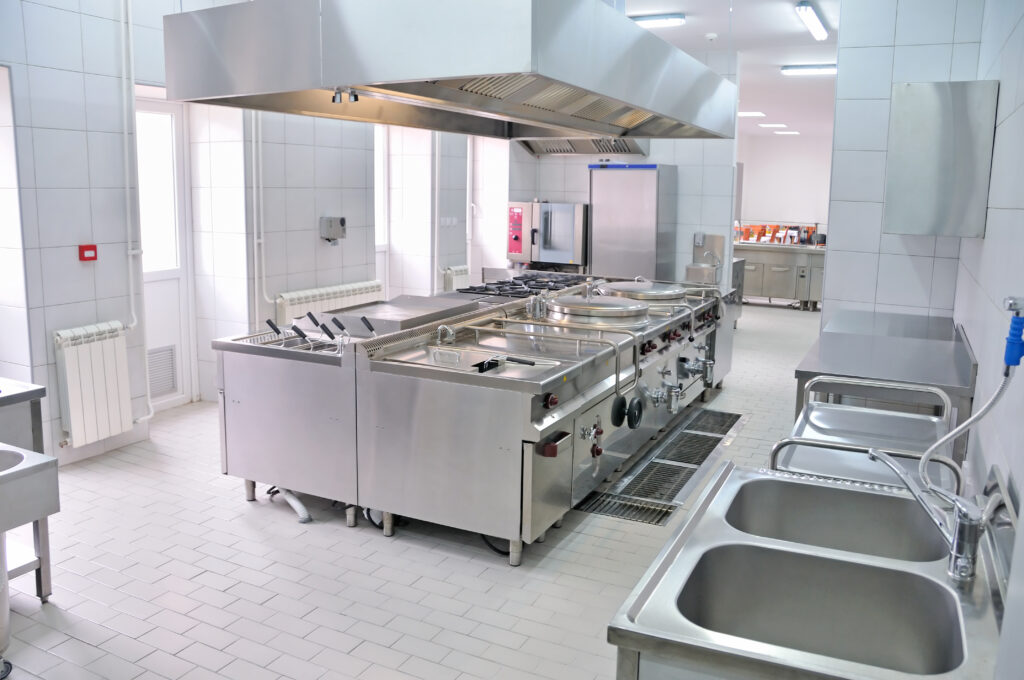Dale Carnegie said, “an hour of planning can save you ten hours of doing.” A thoughtful plan for a commercial kitchen space leaves a restaurant well-equipped for pest control success. A poorly planned space is burdened by conducive conditions that bolster resilient and ongoing pest issues. At the forefront of an integrated pest management plan is a reliable and consistent pest service. However, there are preventative and strategic measures, perhaps often overlooked, that can be taken to dramatically eschew future pest problems.

Public Safety and Hawaii’s “Coconut Wireless”
The Hawaii Department of Health performs sanitation inspections, which include identifying and reporting pest-related issues. The food and restaurant industry maintains strict hygiene and sanitation regulations to protect public safety. The pass or fail results are publicly displayed for all to see. The worst-case scenario is a kitchen being shut down until a pest problem is resolved. Furthermore, imagine a restaurant patron who sees a few roaches or a rodent scurry halfway through eating their meal, undoubtedly that is not a happy customer. Hawaii is a small community and word travels fast whether by “coconut wireless” or an online review that can gravely impact reputation.

Roaches with an Appetite for Meat Juice
There was a steakhouse that used a large wooden table as a cutting board to slice large briskets and smoked meats. The table was over two hundred pounds, flat, and flush against the wall. As the cooked meat rested, meat juice and drippings leaked down the back of the table, into the table crevasses, inside the legs, and down the wall. The size, weight, and position of the table made it challenging to clean the sides, edges, underneath, and wall. Consequently, the restaurant had a substantial cockroach infestation living off meat juices. Kilauea Pest technicians were able to solve their pest problem, however, we advised them that the roaches will return if they don’t install food shields to the walls and sides. Additionally, a meat juice catch tray was mounted to the anterior edge of the table. The space became much easier to clean for restaurant staff and the roaches never returned in the same capacity as before. This all resulted in happier employees and reduced overhead costs of maintenance, cleaning, and pest control.
Sleek Design, but Hard to Reach
Restaurants sometimes utilize independent stove tops that are used as a stand-alone cooking surface separate from the oven. Oftentimes, these are completely enclosed and have shelves that leave only a couple inches to the floor which limits the access for cleaning. While sleekly designed, they can make sanitation difficult. Inevitably, food and grease spill to collect in inaccessible voids hard to reach or see. Decomposing food and grease corrodes equipment and creates an ideal environment for roaches and other pests. These conditions cause equipment to fail more often, increasing maintenance costs and the cost of pest control to combat thriving colonies.

Limiting Pest Activity through Equipment Planning
Equipment decisions have a direct impact on the restaurant’s functionality and processes. Consider the design and placement of stoves, grills, sinks, counters, and refrigerators in function of its space and position. Here are a few important questions to ask when planning out or assessing a commercial kitchen area:
· When food is cooked, where does the grease spill or spray out of the pan?
· Where does food go if it boils over?
· When food is prepared on a counter where can food spill or fall?
· How reachable or accessible are these areas for cleaning, maintenance, and pest control?
An inefficient use of space in a kitchen may cause unsanitary problems. Purchase equipment that can easily be cleaned under and around and add equipment features that control where the mess will go. This might include placing counters and tables in areas where they can be accessed from all sides. Additionally, installing splash shields and food guards that force spills, splashes, and overflowed food to be controlled to easily cleaned areas. This will make cleaning quicker and more effective, and it will aid thorough inspections by your regular pest control technician.
Advice from a Chinese Proverb
Admittedly, the most convenient time to plan and make equipment decisions for a commercial kitchen is long before a restaurant’s opening day in the preliminary stages of interior design and purchasing. If you are in that position, great! Most restaurants are well past that phase, operating, and may think it is too late. A few words from a Chinese Proverb, “The best time to plant a tree was twenty years ago. The second-best time is now.” Even what may seem like a minor change could have a large and long-term positive benefit.
Kilauea Pest Control offers free consultations for all its pest and termite services. Utilize the knowledge and expertise of your local pest specialist. We enjoy working alongside hotels, schools, hospitals, businesses, and restaurants as Oahu’s comprehensive pest solution. We can assess your situation and develop the best integrated pest management plan for your specific needs.


